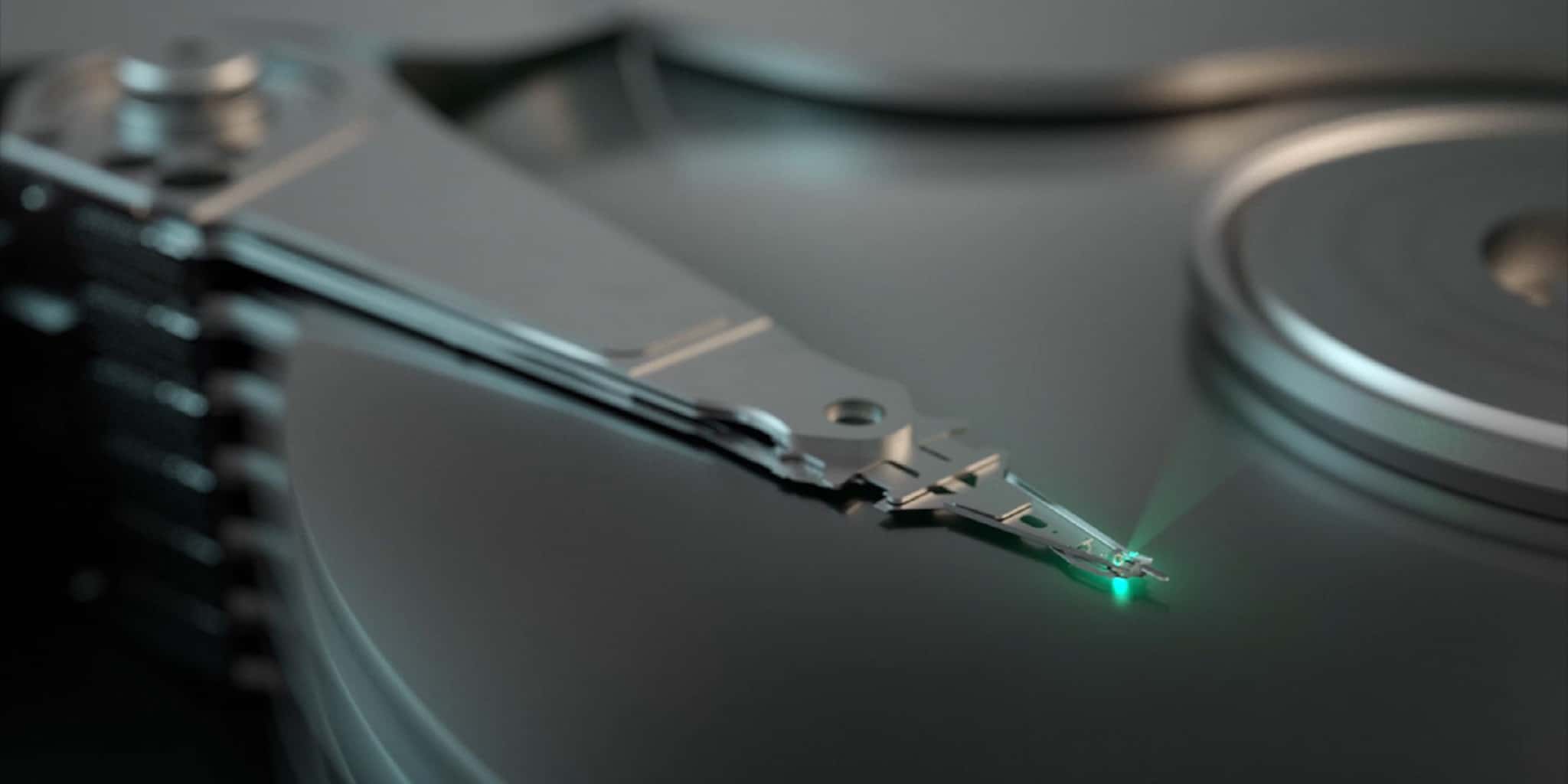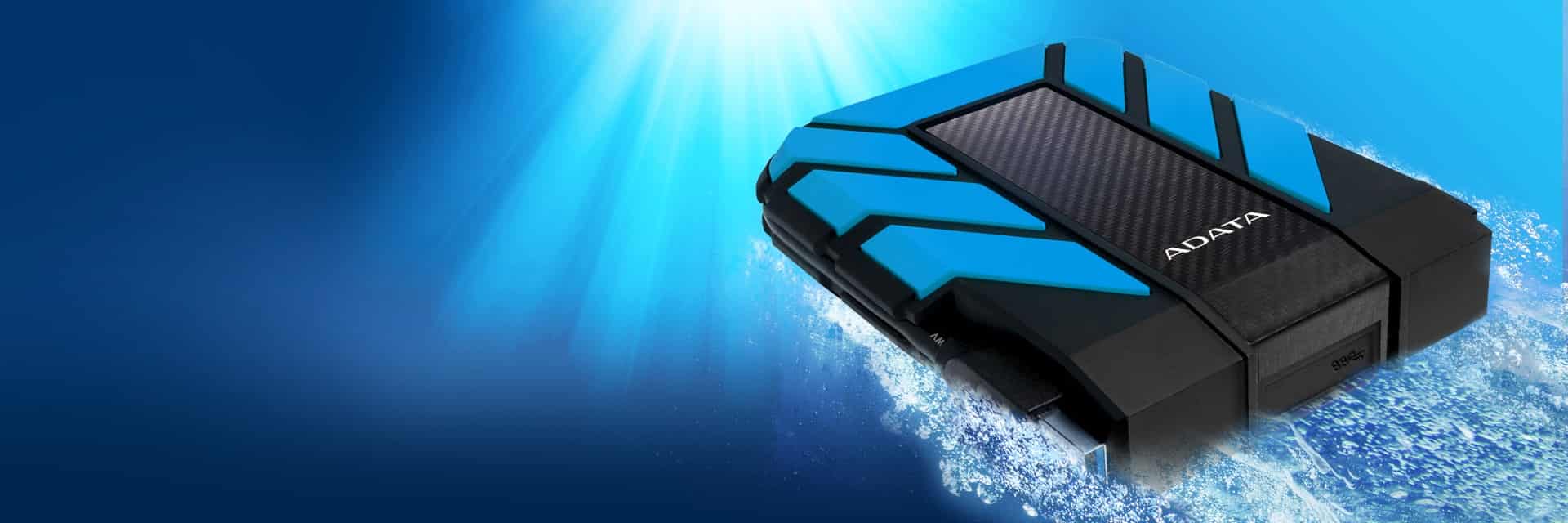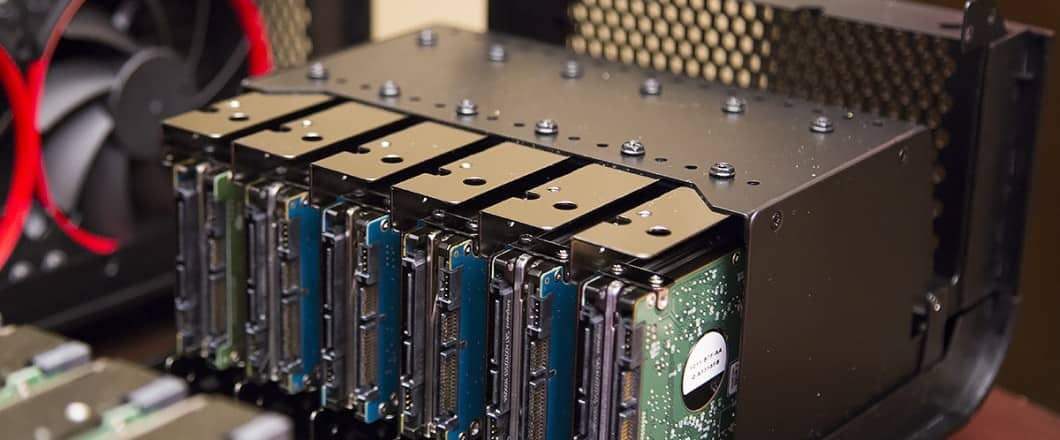If you plan to buy an external hard drive for gaming, back up your data, or install a new operating system, you’ll need to format your HDD. The procedure itself is relatively simple, but varies slightly depending on the purpose of your hard drive.
So, let’s learn how to format an external hard drive. I promise it’s not as dull as it sounds.
Types of File Systems
The method your computer uses to store data in its memory is called a file system. A hard drive stores data into small units called sectors, and these sectors are grouped into blocks. To make the writing and reading of data more organized and efficient, an HDD uses a file system.
Simply put, a file system is a record of which areas of the hard drive are used and which ones are free for new information.

Different file systems work in different ways and have different purposes. Even the best gaming PC out there will suffer from performance issues file storage is not managed properly. Therefore, you need to know which file system works best with your OS and hard drive.
NTFS
This is a file system usually used on a Windows OS. Microsoft’s operating system can write to and read from an NTFS file system. However, it is not the best solution for Linux or OS X. Both can read from NTFS file systems, but not as efficiently or reliably as Windows can.
FAT32
FAT32 is a good choice for external drives because it’s cheaper than NTFS on a per-gigabyte basis. It does not allow the installation of newer versions of Windows, but all operating systems can read or write to it. It also limits file sizes to 4GB, and that should be kept in mind. Also, FAT32 file systems are more prone to corruption than most others, so it’s probably best not to store critical data on them.

ExFAT
ExFAT which is much better than the FAT32 file system because it’s compatible with all operating systems and it doesn’t limit individual file sizes. If you happen to rock an awesome SSD for gaming, we recommend you use ExFAT.
HFS Plus
Finally, HFS Plus is a file system reserved for OS X. If you are using Windows OS on a Mac computer, you will be limited to reading files from HFS Plus. In order to write to HFS Plus, you would have to use Paragon HFS+, but that’s a topic for another article.
Either way, if you plan on getting the best external hard drive for Mac, you should format it to HFS Plus.
Which File System Type to Choose?
If you are going to use your hard drive with a Windows OS only, then your best option would be an NTFS file system. However, if you intend to use the hard drive with different operating systems simultaneously, then your safest choice would be ExFAT.

Keep in mind that formatting the hard drive means erasing the data from it. In case you only want to change the file system, you should know that conversion is rarely possible without losing data. That is why we strongly advise you to always play it safe and back up your files before formatting a drive.
Formatting an External Hard Disk Drive
External memory is straightforward to format, and I advise you to always format a new hard drive before you start using it. Here are the steps you need to complete in different operating systems to format your external drive.
Formatting an External HDD: Windows OS
For Windows, we recommend you choose the NTFS option when formatting a regular HDD. As for formatting external hard drives, ExFAT is the way to go.
- Plug your external hard drive in
- Open ‘Computer’ and locate your hard drive
- Right-click on the hard drive and choose ‘Format’ from the menu
- In the newly opened window, choose the file system you want to use
- Name your hard drive
- Select ‘Quick Format’ for used drives or ‘Full Format’ for new drives
- Click the ‘Start’ button on the bottom of the window
Wait for the progress bar to be completely full. It shouldn’t take long, although a full format takes two to three times longer than a quick format. Now, the process is complete, and your hard drive is ready to use.
Formatting an External HDD: OS X
Don’t worry, I haven’t forgotten about the Mac lovers out there. Even though you guys usually aren’t much into gaming, I’ll go ahead and help you format your external HDD.
- Open ‘Finder’ and go to ‘Applications’
- Open ‘Utilities’ and choose ‘Disk Utility’
- In the new window, choose the drive you want to format from the left side
- Next, click on the ‘Erase’ button
- Within the ‘Format’ bar, choose the file system you want to use
- Name your drive within the ‘Name’ bar
- Click on the ‘Erase’ button and wait for the process to complete
There you have it. After your Mac notifies you of the formatting completion, you should perform a quick reboot.
Formatting the Main Hard Drive
You cannot format the hard drive that contains your operating system. However, if you want to erase that hard drive for some reason, or you want to install a different operating system, there is a way to do so. You will need a bootable OS CD or USB Flash Drive.
If you are installing a new operating system, insert the bootable CD or Flash Drive into your computer and start the installation process. If you are installing OS X or Linux, the installer will give you an option to ‘Install from scratch.’ This option automatically wipes your hard drive before it starts the system installation process.

If you are installing a new copy of Windows, you will have to wipe a drive manually. Wait for the window with a list of hard drives and click ‘Drive Options.’ Once there, choose the hard drive you want to format, choose a desirable file system (NTFS recommended), and click ‘Format.’ Once the formatting process is completed, you can continue with the installation of the operating system.
Final Advice
As we’ve shown in our short guide, learning how to format an external hard drive is very simple, and anyone can do it. It’s recommended to do so from time to time, especially when it comes to external drives and flash drives—but always remember to create a backup of critical data.
Finally, there’s a difference between a secure wipe and formatting. Formatting erases the data from the hard drive, but that data can be recovered via specific data recovery software. To truly and permanently erase the data from the hard drive, always remember to perform a secure wipe.